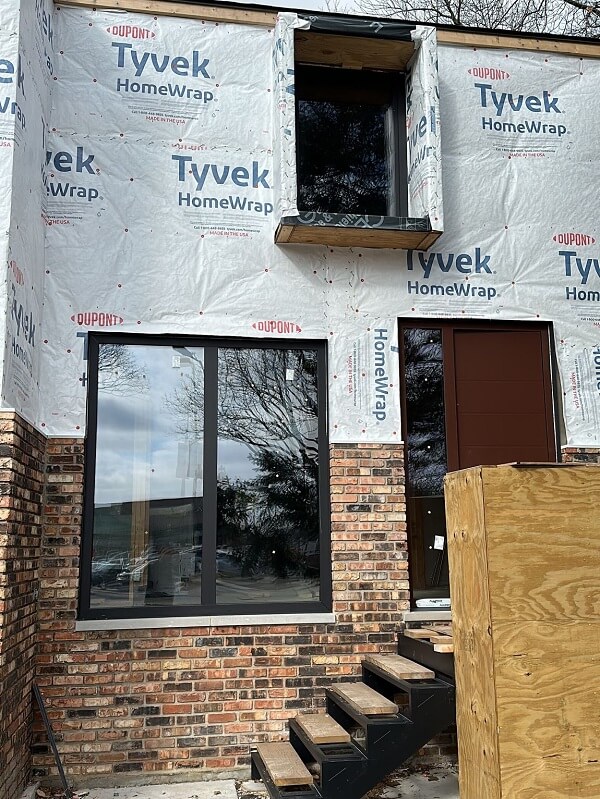Casement windows – things you’ve never heard about them before
If you are from Europe and think about windows – you immediately have in your mind a casement window (inward opening!). If you are from the U.S., you probably see, that casement outward opening windows are just riding the wave of the growing popularity.
Speaking about American window – double-hung is the most popular still. But if your investor is tired of problems with them or requires modern and durable technology, you may be interested in learning more about casement windows. Let`s do it then!
In this article you can read about:
- What are casement windows?
- How casement windows work?
- Main differences between American and European casement windows
- How to convince your investor to casement windows?
- Pros and cons of casement windows for your company
What are casement windows?
This question might look easy, but the way of understanding what casement windows are in Europe and in the U.S. differs.
What is a casement window? Some Americans think of casement windows as being windows that don’t operate at all – like fixed windows. It`s a mistake. Casement windows are windows that open instead of going up and down, they swing out like a door.
Names you can find when searching for casement windows:
- crank windows
- crank out windows
- roll out windows
- casement opening inwards windows
- inswing casement windows
- casement outwards windows
- tilt and turn windows
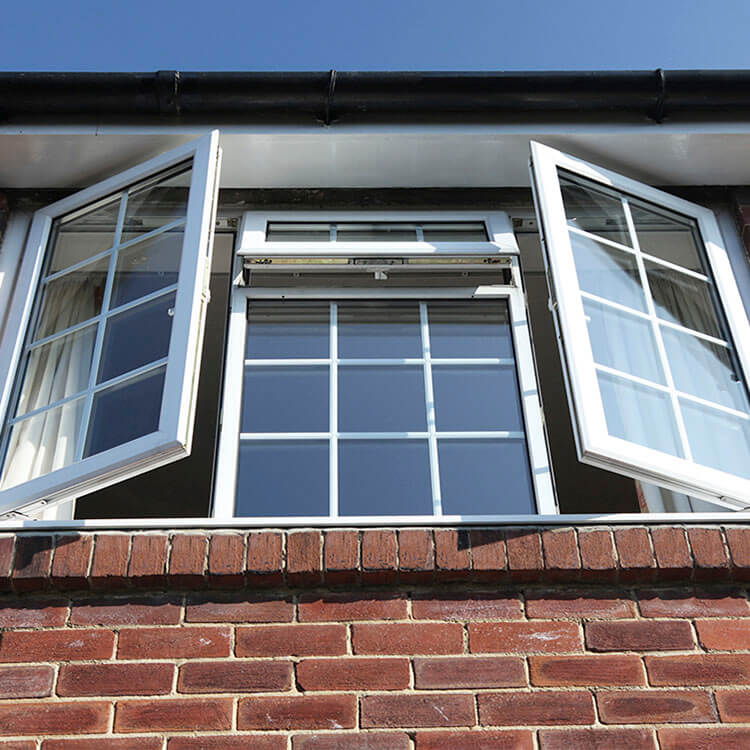
Crank windows, crank out windows, roll out windows
These 3 names mean the same thing. That`s the typical American casement window operating with a crank. If you want to open such a window, you use the handle on the bottom of a window and turn a crank like a window in a Dodge Charger from 1970.
Casement (outwards) windows
In the American version casement window means the same as crank windows. But the operating way differs from European casement windows.
An American casement window has a lockdown at the bottom. It has a handle that you crank to open up the window.
In Europe, outward-opening casement windows are operated with handles and can have hinges on the left, right, or top (check awning windows). They are the most popular in the UK. Both types can go all the way to 90 degrees.
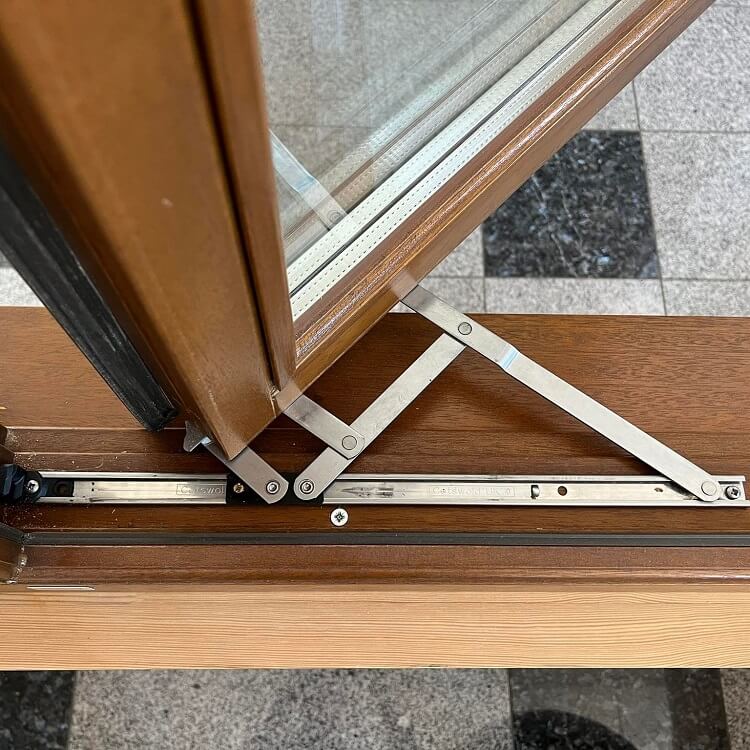
Casement (inward) windows, tilt and turn windows
The most popular version of casement windows in Europe. They open inward with a handle. The handle is integrated with high-quality hardware, so the whole system is safe and easy to use. They are also called tilt and turn windows, because by turning the handle 90° you open them widely and with another 90° (up / 180° in total) you open it on the top, creating ventilation.
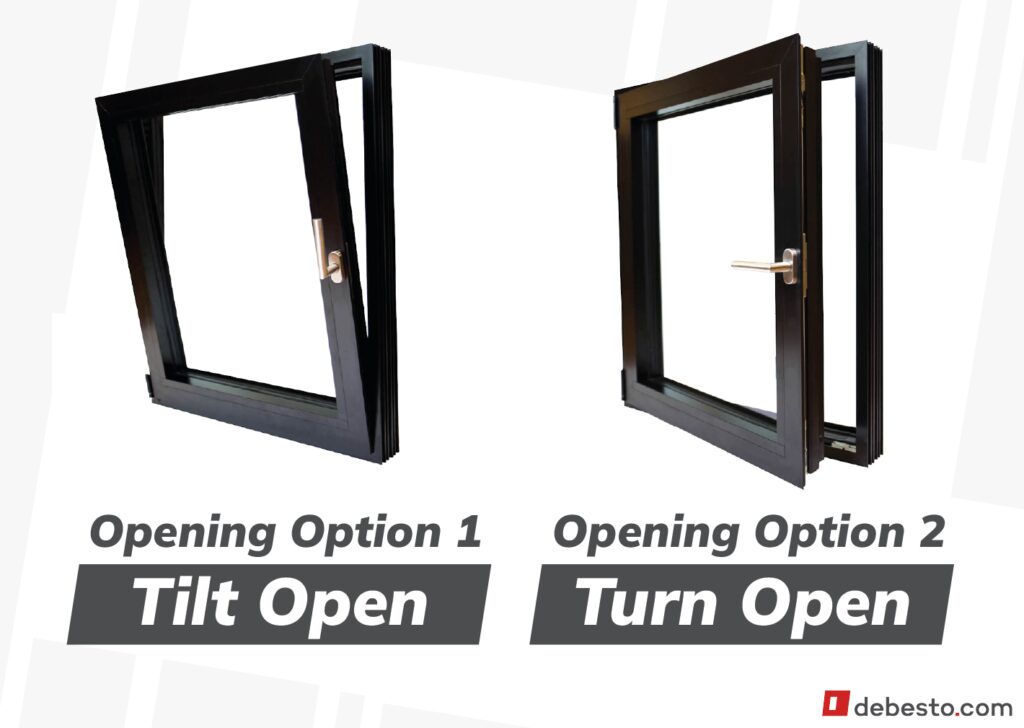
Inswing windows
This name is used by some American producers. Marvin casement window can open into a room. Marvin says it`s a good choice when an outswing window could block or take up valuable space on patios, decks or outdoor walkways. Although the inswing window opens inward, the technology of hardware is less advanced and less safe than in those from Europe. The handle is in a basic version and you cannot open it from the top to ventilate.
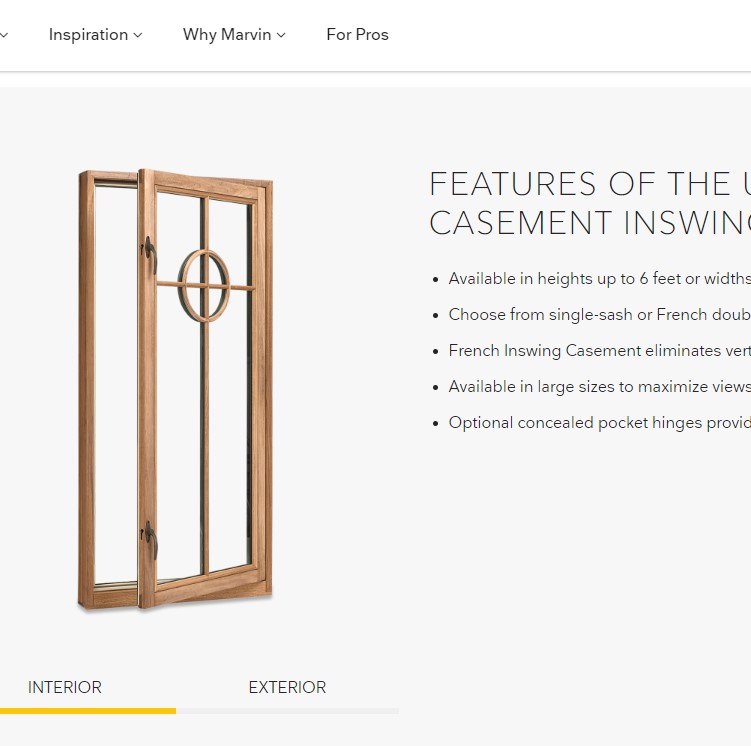
How casement windows work
A type of window known as a casement window is attached to its frame by hinges on one side and can swing outward to the left or right. You can associate it with how the door is opened. It can be opened and closed with either a crank or a handle.
An American casement window has a lock down at the bottom. It has a llittle handle that you crank to open up the window.
With European casement window you dont need to turn a crank, you just use a handle to open them or create ventilation from the top. Ventilation option is not available in the American version. If you want to know how to operate European tilt turn windows, check the video.

Main differences between American and European casement windows
The main difference between American and European casement windows lies in their material, design and the way they open.
American casement windows typically have a single sash that is hinged on one side and opens outward from the building. The sash can be opened using a crank handle that is located at the bottom of the window frame.
European casement windows can have one or two sashes that are hinged on opposite sides and open outward like French doors.
Another key difference is the materials used in the construction of the windows. American casement windows are typically made of wood or vinyl, while European casement windows are made of wood, uPVC or aluminum.
Table of differences American vs European casement windows
| American casement windows | European casement windows |
| you operate with a crank | you operate with a handle |
| mostly made from vinyl or wood | made from aluminum, uPVC, wood |
| mostly inward opening | inward or outward opening |
| lockdown at the bottom | no lockdown needed (different mechanism of hardware) |
| opening to the left or right | opening to the left, right, bottom |
In Europe the biggest tradition of using outward opening casement windows is in the UK. But even there casement windows opening inwards are becoming more popular. We`ve prepared a comparison of windows opened inwards vs british casements, so you can learn more about it.
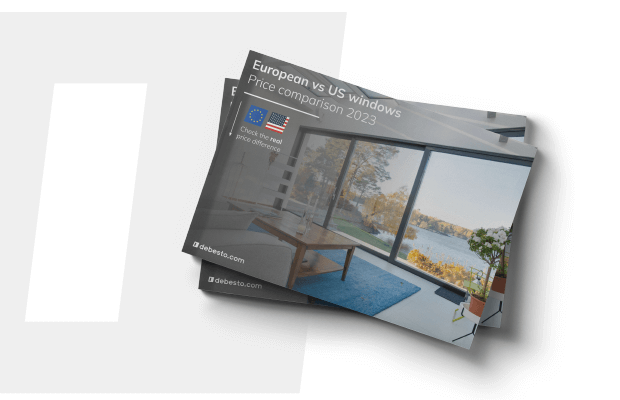
EU vs US Window Price Comparison
Our simple, easy-to-read illustrated guide will help you quickly understand the prices of windows imported from Europe, as well as windows available from the most popular American manufacturers.
Download PDFCasement vs awning windows
In the U.S. the main difference between casement and awning windows is the positioning of the hinged side. Casement windows have hinges on either the left or right side, whereas awning windows have hinges at the top.
But beware of a potential misunderstanding! In Europe there is no separate name for awnings. European awning windows are called just casement windows, because in Europe they have hinges on the left, right, or top. Watch the examples of European casements.
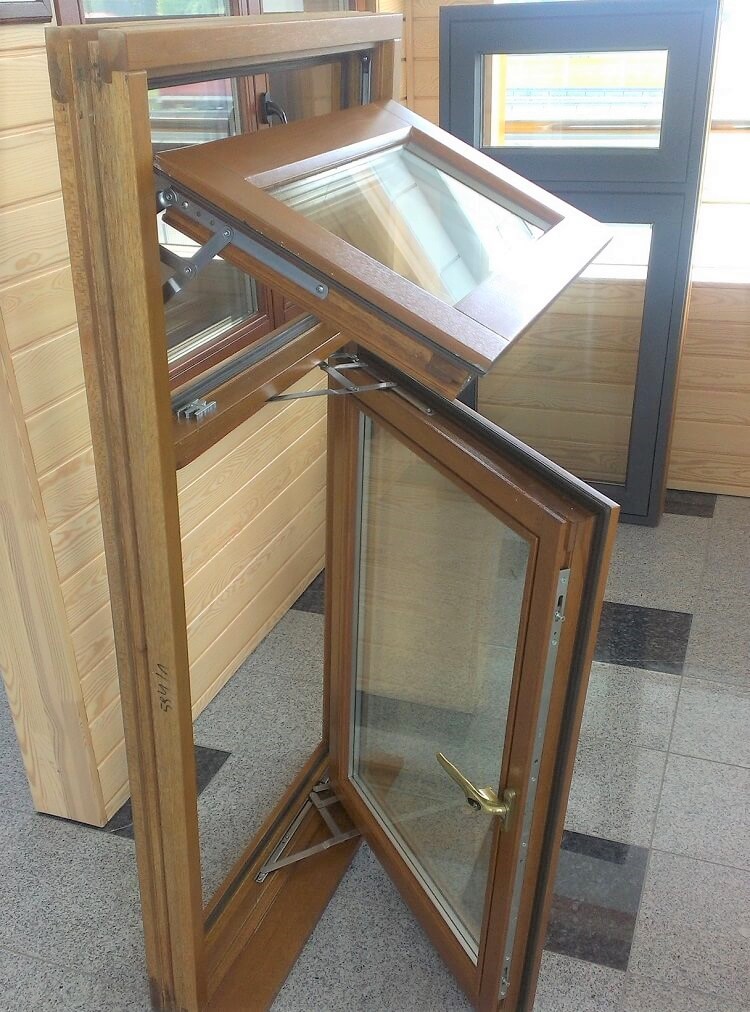
How to convince your investor to casement windows
Are you going to talk to your investor from the U.S. to convince him or her to choose inward or outward casement windows? Here you have some arguments you may use during the meeting with the homeowner:
- they are very efficient when it comes to energy loss and sound reduction
- you get a nice breeze that can come through a casement window (especially areas where you don’t have a lot of breeze like in Houston)
- you can have a ventilation (tilt and turn version) even during the rain water won`t come into a house
- they give much more light into the room comparing to double-hung
- safety: from the outside they look like a fixed/picture window that doesn`t operate at all, which makes people not think about trying to break into this window
- easy cleaning:- windows can be cleaned from the inside of the house
- in case of a fire in the house, you fit through better than sash windows, so you can run away easier and faster
- they look beautiful from the outside

Pros and cons of casement windows for your company
Casement windows can be attractive choice for your investor. But how about you and benefits for your company? Let’s talk about the pros and cons now.
- Casement windows are easy to install. They are typically installed as a single unit that swings outward on hinges, with the frame attached directly to the wall. This makes them relatively straightforward to install, as there are no complex moving parts or counterweights to worry about.
- If the project requires very good thermal parameters, casement windows (especially inwards/ tilt and turns) offer even 0,14 U value
- If your investor requires nice view without disturbances, you may offer it with tilt and turn casement windows. You easily get a size of 150 x 150 cm (4′ 11″ x 4′ 11″ / 59 x 59 inches)
- Comparing to sash windows you have less servicing and less complaints (e.g. the sash cords and pulleys may need to be replaced periodically). American casement windows have often the problem with screws and replacing of a casement window operator – it doesn`t happen with the European windows.
- Size can be a pro but the weight can be a disadvantage, especially when it comes to heavy 3-pane. Casement windows can be large and heavy, which can make them difficult to maneuver and install properly. You need for instance a good suction cup.
Summary
Casement windows are known for their versatility and ease of use. They can be designed to open inward or outward, and they can be made to swing left, right, or bottom, depending on the preferences of the homeowner or builder. Casement windows also provide excellent ventilation when they are fully open, as they allow air to flow freely into and out of the room. They are available in many different sizes, shapes, and styles, making them a popular choice for both new construction and renovation projects.

Searching for casement windows for your project?
If you need a help with finding the right solution for your project to meet your investor`s expectation, try free consultation with our technologist and business consultant. They will answer all your question.
Book free project consultation